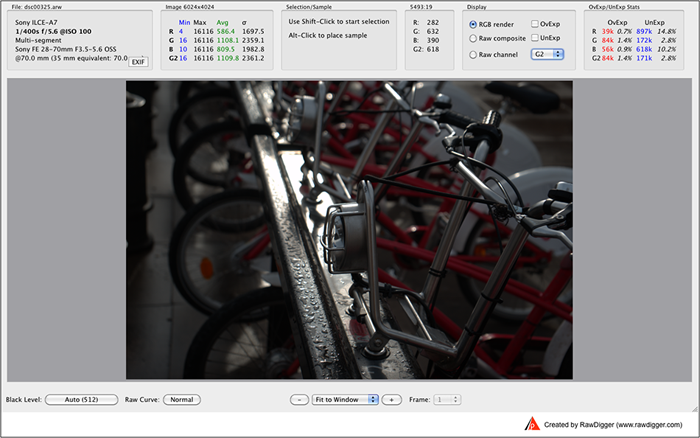

Other sensors that seem to effectively simulate film output are the 10 mpix CCD sensor of the Nikon d200 and, my favorite, the 12 mpix Ricoh GXR M-mount.

It’s 35mm Tri-X developed in Rodinal in a digital box.
#Realgrain vs exposure series
The original Sigma Dp series – the 5 mpix Foveon – gives remarkably film-like grain output and tonality, printable up to 11×14 (which, ironically, is about the same limit of enlargement allowed by a 35mm negative, supporting the argument for the approximate equivalency of the Dp resolution to that of 35mm film), when run through Silver Efex by a discerning eye. High-resolution output can’t be disguised with a simple grain overlay. It makes sense – 35mm Tri-x and HP5 aren’t about resolution so much as a particular grain patina. Something about higher resolution sensors – 24 mpix and above – translates into unnatural looking grain structure when post-processed, a look of having been added-on as opposed to being an organic characteristic of the output. Second, relatively low-resolution sensors give better film simulations grain structure seems more accurate, tonalities more amenable to Tri-X contrast. I find Silver Efex to be excellent, especially using the Tri-X, HP5, Neopan 1600 and TMax 3200 presets as starting points.
#Realgrain vs exposure iso
Pushing digital ISO and relying on digital noise isn’t going to get it either. No B&W jpegs using various in-camera film simulations. What I’ve learned can be distilled into a few simple observations: First, you’ve got to shoot RAW and run your files through film emulation software. Tobacco Fields, Eastern North Carolina – Film or Digital? Hard to Tell (It’s a DP2x Silver Efex Conversion) Valentina and Donna, San Francisco, 2016 – HP5 at 800 ISO. To my eye, these two photos could have come from the same roll. For comparison, I’ve posted a film snap below that exhibits the characteristics I’m looking to duplicate digitally. To me, it’s a film image – the contrast, the grain, the tonality of Tri-X developed in Rodinal – about as close as I’m going to get without actually running a roll of Tri-X through my camera.

Think Robert Frank’s Americans, or Josef Koudelka’s Gypsies, or Trent Parkes’ Minutes to Midnight.Ībove is a photo I took recently with a Sigma DP2x, post-processed in Silver Efex. B&W photography, if it’s worthy of the name, should have a certain look. The differences are real, and, at least to me, they matter. I could be imagining things, but I don’t think so. It looks thin and plastic, like it has no depth. Leave that to digital B&W, almost all of which, to my eye, just doesn’t look very interesting. I’m not interested in grainless, subtle tonalities coupled with optical perfection. By ‘film look’ I mean the ’50s era Tri-X aesthetic. If I’ve made one concession to the digital age, it’s that it’s sent me on a quest to duplicate, via digital capture, the classic B&W film look. The Classic B&W Film Look – Shot with a Sigma DP2x


 0 kommentar(er)
0 kommentar(er)
